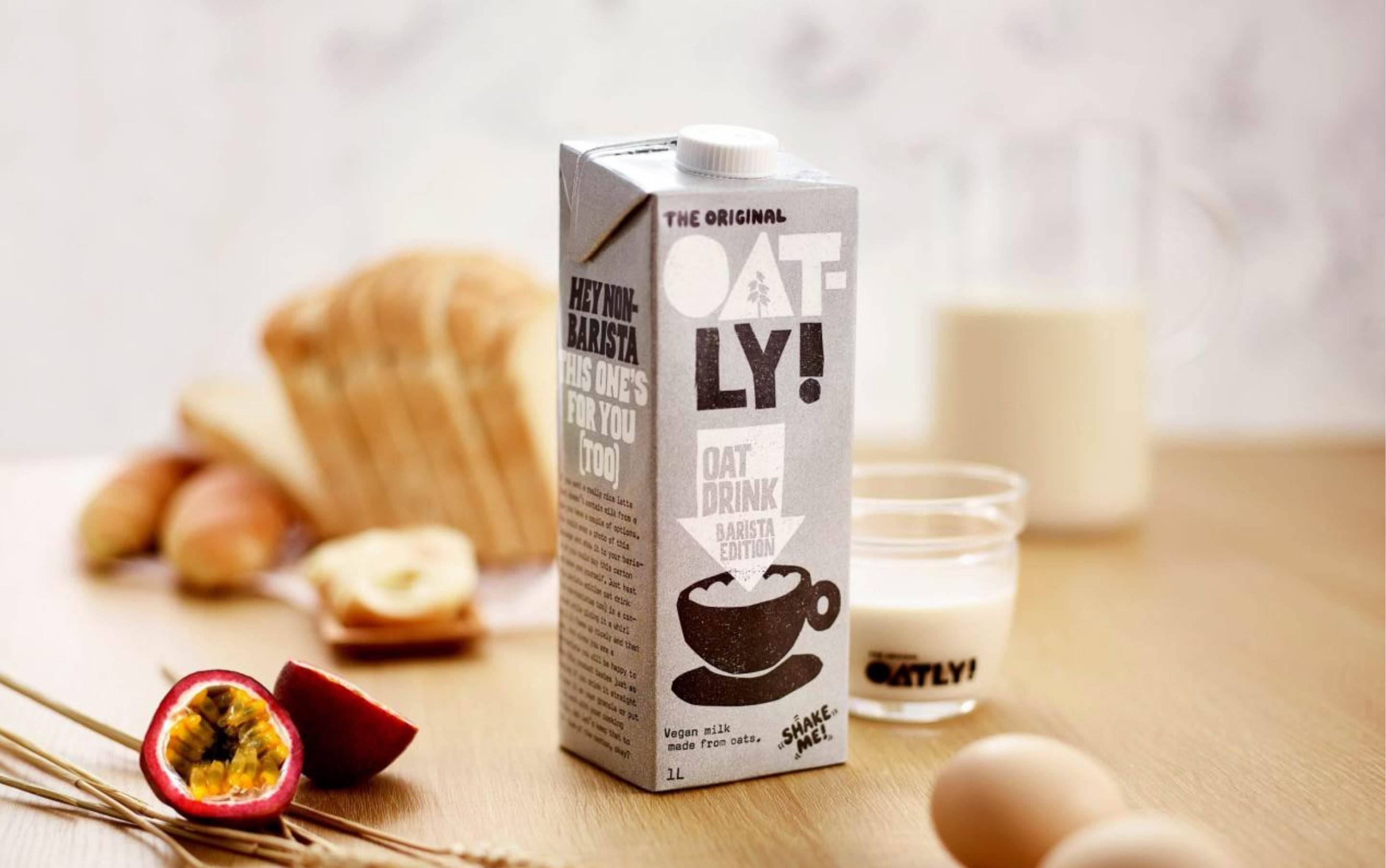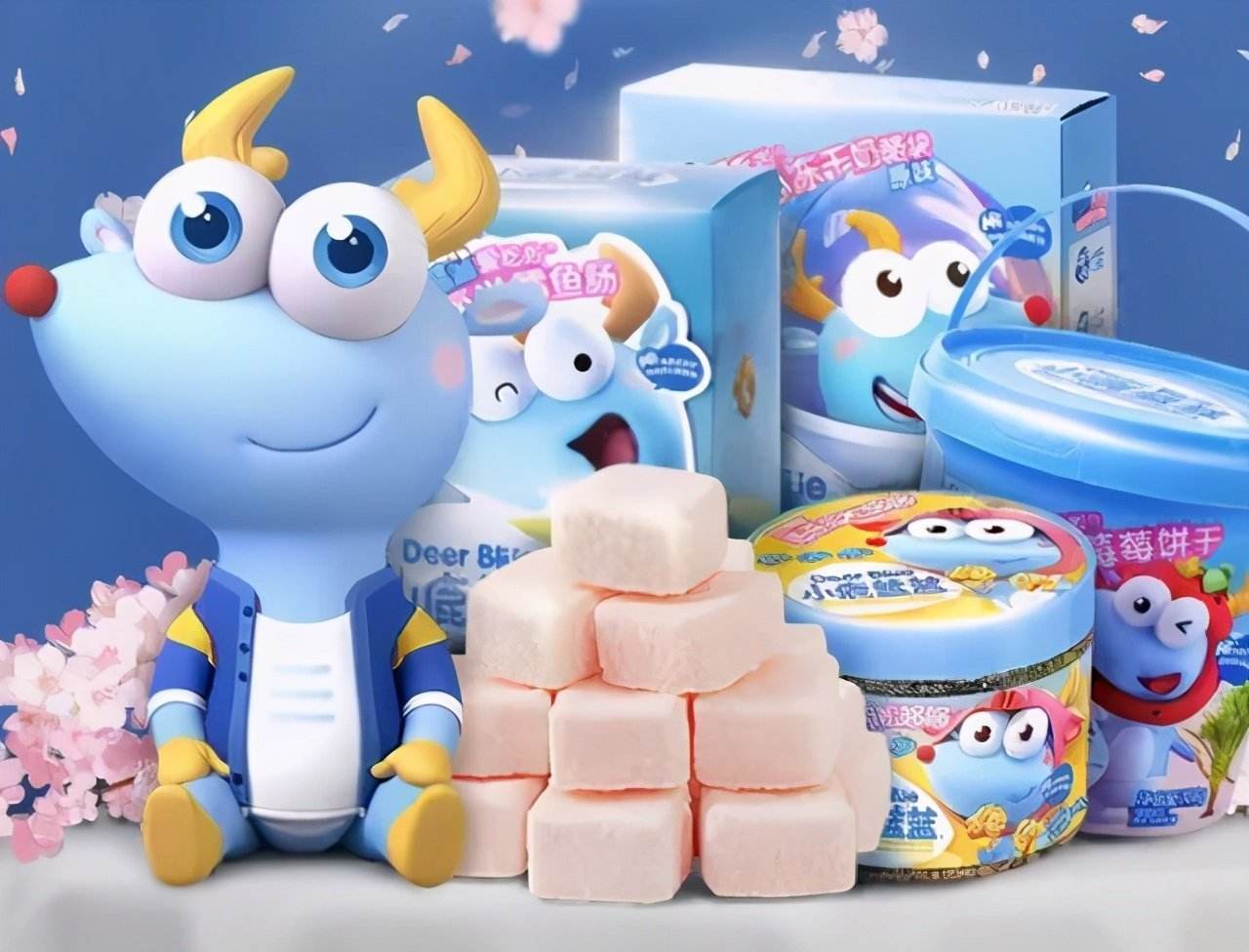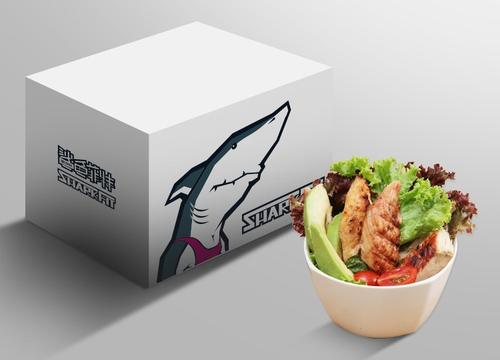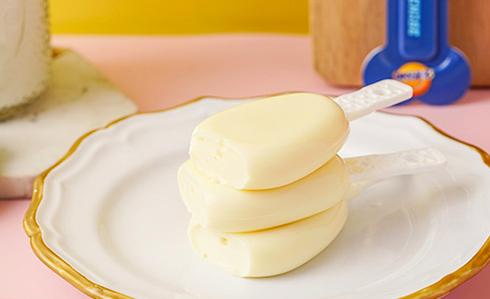2021 was a year when consumers thought about their wellbeing because of the continued impact brought by the pandemic while the food & beverage industry witnessed severe competition between different brands to win consumers’ attention. The market has been more dynamic and complicated than before. However, we can still foresee the trends for 2022 by having a close-up review of the changes. Here is a breakdown of ChemLinked’s top 8 trend predictions for 2022.
Trend 1: Plant-based
As a popular trend in 2021, plant-based food will highly probably continue its upward trajectory in 2022.
In China, there is a special phenomenon that plant-based milk is more welcomed than plant-based meat. In the Chinese plant-based market, plant-based milk accounted for over 60% market share, twice the market share of plant-based meat. 1 At present, most consumers try plant-based meat because of curiosity. In contrast, plant-based milk has become a regular part of some consumers’ daily life, and its repurchase rate is much higher than plant-based meat. According to the "Market Demand and Investment Planning Analysis Report of China's Plant Protein Beverage Industry for 2020-2025" issued by Qianzhan Research Institute, the average annual growth rate of the Chinese plant-based milk industry is expected to remain above 20% in the next few years, and the market size is expected to reach 300 billion yuan in 2025. 2
Among all kinds of plant-based milk, oat milk is the most shining star. According to Nilsen, it has the highest growth rate, reaching 212%. 3 International brands like OATLY, Chinese dairy giants such as Mengniu and Yili, and emerging Chinese brands oatoat and OAKIDOKI joined the competition. Driven by the rapidly increasing demand and the promotion by large companies, the category is promising in 2022.

Trend 2: Children snack
The children snack market has become a blue ocean since China implemented its three-child policy and released the standards for children snacks. Its growth rates were both over 60% in 2020 and 2021, and its market size is expected to reach 100 billion yuan in 2022. 4
To respond the rapid increasing demand, this industry welcomed many food giants in recent two years, including Three Squirrels, Be&Cheery, Mengniu, BESTORE, etc. Some pioneers achieved great sales. For example, Deer Blue is a children snack brand launched by Three Squirrels in 2020. After being launched to the market for 55 days, it reached one million yuan daily sales with a high repurchase rate of 35%.In 2021, it kept its popularity and achieved 332 million sales in the first three quarters of 2021. During 2021 double 11, the market recorded its impressive year-on-year growth rate of 300%. Another example is Xiaoshixian, the children snack brand of BESTORE. In about one year after entering the market, it quickly reached 408 million yuan sales, an impressive result for a newly founded brand. 4
The category’s excellent performance also appealed to investors. At least nine emerging children snack brands successfully gained large investments in 2021. Some of them even completed multiple rounds of financing within one year.
So far this sector has not seen a top 1 brand in this sector, but we believe that it is just a matter of time with the boost of investors and high demand from consumers.

Trend 3: Healthy snack
As health becomes a priority when consumers do shopping, more and more food brands play the “health” card to gain traction. Many snack brands join this trend, and play this card well. Mintel’s data shows that 72% of consumers worldwide are willing to spend more money on snacks with healthier ingredients. 5 GrandView research also shows that the global healthy snack market is expected to reach 32.99 billion dollars by 2025, with a compound annual growth rate of 5.2%. Among them, high-protein snacks and sugar-free snacks draw more attention. 6
In China, healthy snack is also one of the most popular sectors in the snack industry among investors. The representative is the emerging healthy snack brand Sharkfit, whose ace product is instant chicken breast. The reason why it gained two rounds of financing in 2021 is investors’ trusting in this brand for its excellent market performance. During the 618 shopping festival 2021, Sharkfit’s sales increased by 142% on Tmall, 214% on Pinduoduo, 186% in direct channels, and 1717% on JD.com. For the whole year of 2021, Sharkfit’s omnichannel sales are expected to reach 800 million yuan. 7
Young consumers now are the main consumption power in this sector. Still, their awareness of wellbeing is gradually affecting senior consumers, implying that the demand for healthy snacks is highly possible to grow in 2022.

Trend 4: Cheese
Although cheese is a regular dairy product in many western countries, it is novel for most Chinese consumers since it is hardly seen in the regular Chinese diet. In recent years, the Chinese get to know and gradually accepted cheese product, partly because of the active promotion of emerging cheese companies.
2021 witnessed the explosive growth of the cheese market. The Dairy giants, Mengniu and Yili, flocked to this field. New brands sprung up, driving cheese to enter many Chinese families’ daily lives and become a regular snack for many children.
Among all cheese products, the room-temperature cheese stick is the most promising one since it can break the limitation of cold chain that restricts many cheese products’ distribution. Data from Everbright Securities shows that the Chinese cheese market size will reach 127.3 billion yuan in 2030, among which room-temperature cheese market size would be 30 billion yuan, 1.5 times that of low-temperature cheese. 8
Therefore, we can expect that 2022 will be a year to record this category’s rapid development, which means more players, more investors, and more innovative new products.

Trend 5: Niche milk
As Chinese consumers’ consumption upgrades, their demands for dairy products diversify. Some people look to niche milk, such as goat milk, buffalo milk, camel milk, and even yak milk. In their view, these kinds of niche milk not only are novel enough to satisfy their curiosity but also contain better nutrition than ordinary one though they are usually more expensive.
The strong e-commerce system in China provides Chinese consumers with convenient access to niche milk, including those from overseas markets. Actually, many overseas brands are pioneers in this sector. In 2021, overseas niche milk brands accelerated to join the Chinese market through cross-border e-commerce platforms, and most of them achieved great sales. On Tmall Global, the turnover of imported plant-based milk increased by 176% year-on-year, and the imported goat milk powder increased by more than 50% year on year. Camel milk from Dubai was another hit, rising by 400% in the double 11 of 2021. 9
In China, high-end and niche products are usually popular among consumers in high tier cities, but situations are different for niche milk. Though niche milk is a high-end product, its shoppers range from GEN Z and urban white collar workers to people living in lower tier cities and the elderly. The popularity among many different consumer groups implies its great potential.

Trend 6: Sparkling +
Traditional carbonated drinks are losing their market share because people’s awareness of wellbeing has improved, but shoppers still have a huge passion for drinks with a sparkling taste. This shopping habit change directly contributed to the surge of sparkling water. Qianzhan predicted that the Chinese sparkling water market would reach 32 billion yuan in 2025. 10 The diversity in this market also improved as more and more brands saw the great potential of this category and promoted their own sparkling water products, such as Hey Tea, Coca Cola, Pepsi, etc.
Besides developing sparkling water, the beverage market is also leading a sparkling revolution: many traditional drink brands launched alternative “sparkling+” drinks, such as sparkling tea drinks, sparkling energy drinks, and even sparkling dairy drinks.
It seems that “Sparkling+” has become the key to success in the 2022 beverage market.

Trend 7: Low alcohol wine
As a new consumption power in the market, Gen Z prefers low-alcohol wine whenever eating out or having a drink at home. When the alcohol market saw this demand, it responded quickly. In 2020, more than 5000 emerging low-alcohol wine brands entered Tmall, covering from sparkling wines and soda wines to craft beer and fruit wines. 11 The industry boom continued into 2021 and gained investors’ attention. More than 70 financing events happened in the Chinese low-alcohol wine industry in 2021. Some leading brands such as Miss Berry and JOJO even gained 2-3 rounds of financing within one year.
Traditional wine companies are also laying out low-alcohol wine tracks. Not long ago, the beer giant Budweiser announced its investment in a new low-alcohol wine brand "Lanzhou". China Resources Beer CEO also revealed that they would further enrich diversified products such as sparkling wine, yogurt wine, and low-alcohol wine in addition to beer.
Even beverage companies are also entering this field. Coca-Cola China launched three Japanese-style low-alcohol sparkling wines in 2021, while Hey Tea investing in domestic pre-mixed wine brand WAT.
Nomura Oriental International Securities Research Report shows that China's low-alcohol liquor category is expected to increase to 258.3 billion yuan in 2035, meaning that the current severe competition is just a start. The sector still doesn’t record the top 1 player, so the opportunity is equal for every brand in this market in 2022.

Trend 8: Carbon-neutral food
In 2020, Chinese government announced that China had taken a landmark step towards the right direction, pledging to hit the peak of carbon emissions by 2030 and reach carbon neutrality by 2060. 12 As an industry with high energy consumption and high emission, the food industry undoubtedly becomes the government’s supervision focus.
To follow the government’s policy and take responsibility for environmental protection, food companies in China have actively taken action by multiple ways, from food development and food processing to food packaging and container. Enterprises headed by food giants like Starbuck, McDonald's and Hidilao are jostling to launch plant-based foods. Some food giants also have passed evaluation and certified as “green factory”, meaning that these factories use clean energy and their utilizing efficiency reach the standards. Also, dairy giants like Yili and Guangming, as industry pioneers, have been committed to using more recyclable and degradable materials in the packaging of their products.
There is a long way to achieve carbon neutrality, but one thing for sure is that this tendency is certain to continue. Chinese government has great faith to achieve this goal, so food industry is expected to follow the policy tightly.














